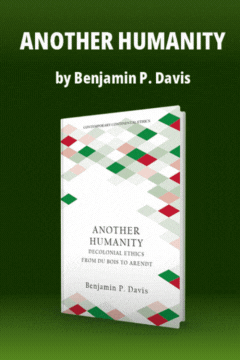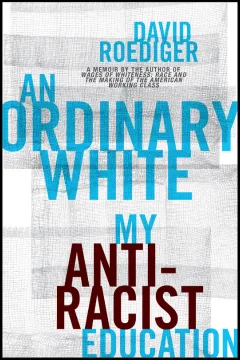Park Slope: Notes on a Middle-Class “Utopia”
Park Slope: Notes on a Middle-Class “Utopia”
A familiar story, playing itself out in city after city: skyrocketing housing costs send upscale urban dwellers looking for new areas to “pioneer” (some would say invade) and to reshape to their taste. In Manhattan, it has transformed areas once filled with machine shops and printing plants into the luxury lofts and art spaces of Soho, Noho, and TriBeCa. And across the East River, similar changes march through Boerum Hill, Carroll Gardens, Cobble Hill, and particularly Park Slope—the “brownstone” neighborhoods ringing downtown Brooklyn.
Stroll through Park Slope on a warm Saturday night, past young middle-class crowds patronizing a cornucopia of chic new restaurants offering the latest in trendy cuisine: sushi, Tex-Mex, “continental,” five types of Chinese, Thai, and various gourmet take-out shops. A lone shoemaker hangs on, but for a dime store or bodega where you can still get an ice cream sandwich for under a dollar, you have to litera...
Subscribe now to read the full article
Online OnlyFor just $19.95 a year, get access to new issues and decades' worth of archives on our site.
|
Print + OnlineFor $35 a year, get new issues delivered to your door and access to our full online archives.
|






